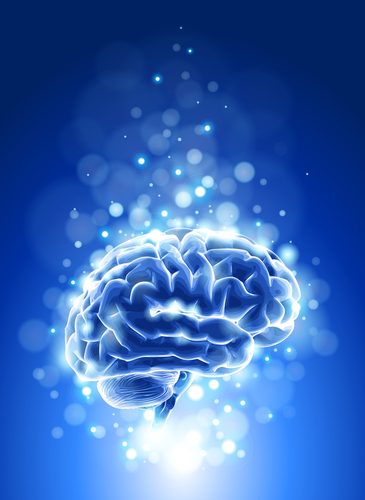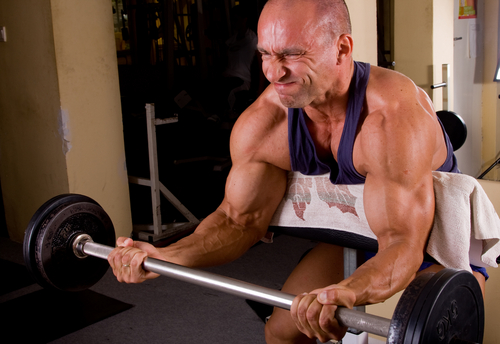[fusion_builder_container hundred_percent=”no” equal_height_columns=”no” menu_anchor=”” hide_on_mobile=”small-visibility,medium-visibility,large-visibility” class=”” id=”” background_color=”” background_image=”” background_position=”center center” background_repeat=”no-repeat” fade=”no” background_parallax=”none” enable_mobile=”no” parallax_speed=”0.3″ video_mp4=”” video_webm=”” video_ogv=”” video_url=”” video_aspect_ratio=”16:9″ video_loop=”yes” video_mute=”yes” video_preview_image=”” border_size=”” border_color=”” border_style=”solid” margin_top=”” margin_bottom=”” padding_top=”” padding_right=”” padding_bottom=”” padding_left=””][fusion_builder_row][fusion_builder_column type=”1_1″ layout=”1_1″ spacing=”” center_content=”no” hover_type=”none” link=”” min_height=”” hide_on_mobile=”small-visibility,medium-visibility,large-visibility” class=”” id=”” background_color=”” background_image=”” background_position=”left top” background_repeat=”no-repeat” border_size=”0″ border_color=”” border_style=”solid” border_position=”all” padding=”” dimension_margin=”” animation_type=”” animation_direction=”left” animation_speed=”0.3″ animation_offset=”” last=”no”][fusion_text]
Precise Nutrition Goals For Pre, Intra, and Post-Workout
The nutrients you supply your body with before, during, and after training (also known as peri-workout) is essential to maximizing your ability to accomplish the three aspects that determine your progress.
In a nutshell, you want to increase your performance, improve nutrient delivery, maximize force output, and enhance your ability to recover from the growth stimulus created during training.
Here are the specific goals of your peri-workout nutrition to optimize each aspect:
[/fusion_text][fusion_text]
Neurological (Strength training) Peri-Workout Nutrition
The goal of this phase of training is to improve your intensity of contraction and neurological efficiency. It is NOT about just ‘moving more weight’. That mindset can lead to increased compensation and using altered body mechanics to move a weight without actually increasing the amount of force produced by the target muscle.
To learn more about the demands of the strength phase CLICK HERE
Pre
 Your first goal is to increase neural drive by elevating levels of the neurotransmitters dopamine and acetylcholine. The second goal is to excite the nervous system without overstimulating and agitating your system. The problem with many commercial pre-workouts is that they focus too heavily on caffeine use. Over time with repeated use, you’ll develop a tolerance to it and will end up over stressing your adrenals. This will lead to dependence on stimulants to avoid ‘crashing’ throughout the day and decreases your ability to recover from intense training.
Your first goal is to increase neural drive by elevating levels of the neurotransmitters dopamine and acetylcholine. The second goal is to excite the nervous system without overstimulating and agitating your system. The problem with many commercial pre-workouts is that they focus too heavily on caffeine use. Over time with repeated use, you’ll develop a tolerance to it and will end up over stressing your adrenals. This will lead to dependence on stimulants to avoid ‘crashing’ throughout the day and decreases your ability to recover from intense training.
Intra
This type of training requires the least amount of additional support for fueling your body intra-workout due to the longer rest periods and lower rep ranges used. Your main goals are to support neural coordination, and buffer any lactic acid to promote maximum intensity contractions. Depending on the length of your session, you may continue to promote neural drive by increasing dopamine., Again, be careful not to over agitate your system with stimulants like caffeine as this will have an adverse effect on neural coordination leading to decreased quality of contractions.
Post
Calming the nervous system immediately after the session is essential to allow your body to switch over to an anabolic state. This is why taking too many stimulants pre-workout can be counterproductive, as it will become more difficult to get your system out of an agitated state. There is minimal need for glycogen replenishment. However, you must provide adequate substrates for tissue repair caused by the mechanical damage that can result from this type of training.
[/fusion_text][fusion_text]
Hypertrophy Peri-Workout Nutrition
This phase of training focuses on stimulating a growth response via multiple factors: mechanical damage, volume of work, time under tension, and metabolic stress. Both hyperemia (cell swelling) and myofibrillar growth (increase in the number of muscle fibers) is the goal here, and both must be nutritionally supported.
To learn more about the demands of the hypertrophy phase CLICK HERE
Pre
The primary goal for hypertrophy work is to enhance your ability to focus. To be able to maintain execution through fatigue and to stay ‘in the zone’ when pushing yourself through mental barriers in those final sets. We focus more heavily on increasing the neurotransmitter acetylcholine in this instance. The other goal is to increase blood flow (vasodilation) to provide your muscles with the nutrients they need to contract at maximal intensities.
 Intra
Intra
As volume increases the mechanical stress on the tissue increases as does the need for energy substrates (primarily glucose). If there is insufficient ATP and glucose available to fuel contractions, your body will begin breaking down muscle tissue and converting it into glucose. Your intra-workout should be designed to minimize this process (anti-catabolism). It is also important to support hyperemia (cell swelling) which has been shown as a leading factor of hypertrophy.
Post
Support anti-catabolism and blunting cortisol levels via an insulin response will help improve the hypertrophic response. In addition, you will need proper nutrition to stimulate protein synthesis by activating mTOR. Finally, you will want to replenish glycogen stores and electrolytes to enhance recovery so that you will be prepared to train again as soon as possible. The faster you can recover, the more frequently you can train and the more often you repeat this cycle the faster you grow!
[/fusion_text][fusion_text]
Metabolic Peri-Workout Nutrition
This phase of training is more commonly associated with ‘fat loss training’. The rest periods will be shorter, time under tension will be greater, and you will build up a lot of lactic acid (a.k.a. the burn). The primary goals of this phase are maximum work capacity and stimulation of growth hormone. Despite what the name indicates, growth hormone is very beneficial for fat loss and improving insulin sensitivity
To learn more about the demands of the metabolic phase CLICK HERE
Pre
 Your ability to focus through the denser style of workout will be imperative. Elevating the neurotransmitter acetylcholine will be important to promote your mental focus and neurological coordination. In preparation for this type of workout, increasing blood flow will be essential to ensure your muscles are receiving the nutrients they require to continue contracting as lactate levels rise. As ATP reserves will quickly become depleted with this type of training. In order continue with extended sets and high density of work, providing additional fuel substrate may be helpful as well.
Your ability to focus through the denser style of workout will be imperative. Elevating the neurotransmitter acetylcholine will be important to promote your mental focus and neurological coordination. In preparation for this type of workout, increasing blood flow will be essential to ensure your muscles are receiving the nutrients they require to continue contracting as lactate levels rise. As ATP reserves will quickly become depleted with this type of training. In order continue with extended sets and high density of work, providing additional fuel substrate may be helpful as well.
Intra
You must support the increased demand for fueling muscular contractions as ATP will be quickly depleted. Additional fuel sources may be required to allow you to continue to get output during your later sets. When using long time under tension and extended set methods it becomes even more important to buffer lactate buildup to allow increased volume of work.
Post
Start by replenishing electrolytes and supporting lactate metabolism by the liver. To promote GH release, which will increase the breakdown of adipose tissue (fat loss), it will be important to keep your insulin level low for a short while following training. Avoiding antioxidants around this time will bolster the hypertrophic response from the lactic acid accumulated during training.
[/fusion_text][fusion_text]
While it is important to know how to set up your peri-workout supplementation, it is even more vital to understand when to switch between phases of training.
For long-term muscle gain without fat, you must ensure that your nutrition matches your training and apply a cyclical nutrition approach. This will not only optimize hormone levels, but keep your body composition (muscle to fat ratio) continuously improving with each cycle.
Learn the logical thought process and intelligent approach to cyclical nutrition for gaining muscle without fat in the following article:
How to Gain Muscle Without Fat: Thought Process and Logical Approach
Or, if you prefer to get right into putting these strategies into action in a complete plan that is 100% customized to you, your training, and your goals, check out the Incredible Bulk program.
[/fusion_text][fusion_imageframe image_id=”7674″ style_type=”dropshadow” stylecolor=”” hover_type=”liftup” bordersize=”” bordercolor=”” borderradius=”” align=”center” lightbox=”no” gallery_id=”” lightbox_image=”” alt=”bulkbanner” link=”http://muscleexpt.pakman00.hop.clickbank.net/?pid=bulk&tid=bpperiwkt” linktarget=”_blank” hide_on_mobile=”small-visibility,medium-visibility,large-visibility” class=”” id=”” animation_type=”slide” animation_direction=”down” animation_speed=”0.3″ animation_offset=””]https://www.benpakulski.com/wp-content/uploads/bulk-banner-new-2-1024×207.png[/fusion_imageframe][/fusion_builder_column][/fusion_builder_row][/fusion_builder_container]